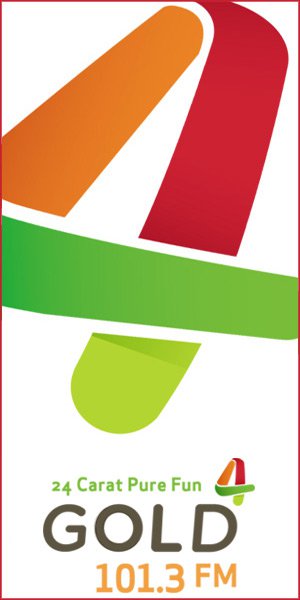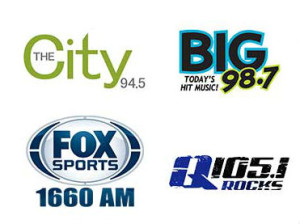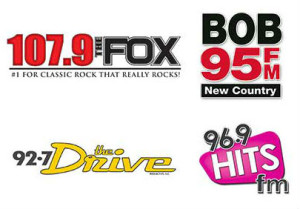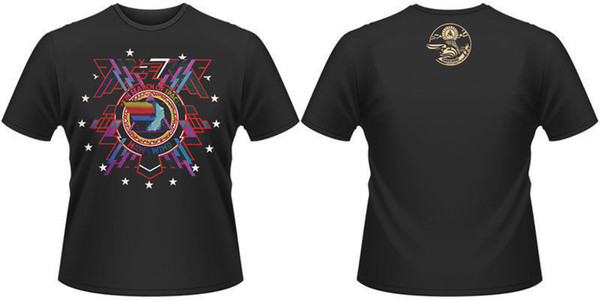 Follow these simple tips when ordering your custom screen printed t-shirts for a quicker and more trouble free experience.
Follow these simple tips when ordering your custom screen printed t-shirts for a quicker and more trouble free experience.
The first thing to be discussed is the difference between screen printing and digital garment printing. In general screen printing is a more labor intensive process than digital printing and requires color separations and individual screens to be made for each color in the design. Digital garment printing on the other hand is simply a shirt printed in a printer much like the paper printer that most of us use everyday to print photos or documents. 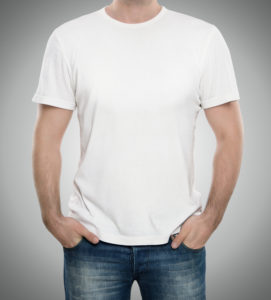
More information here
The subject of a different article, but for now suffice it to say that digital garment prints work better on white or light colored shirts and are better suited to short run orders.
Artwork is a prime factor in getting your shirts printed in a timely manner. The better the artwork, the better the finished product. I’m sure you have heard the old adage “Junk in, Junk out”, well, this is truly the case when it comes to screen printing. Artwork falls into two basic groups depending on what software program produced it or where it came from.The first group I will talk about are Raster images. Raster images will have file extensions such as .bmp, .jpg ,.tif, or .psd and are pixel maps which are dependent on resolution (dots per inch ) to maintain clarity. The higher the dpi, the clearer the image will be. While Raster images are great for digital printing, they can be problematic for screen printing in that file sizes are typically large and color separations can be more difficult, not to mention the pix-elation that occurs when up sizing images. If a Raster image is the only option that you have, be sure that it is sized appropriately for screen printing and in a high resolution (at least 300 dpi original resolution) before sending to avoid additional art charges or unnecessary delays.
The second group is called vector images. Vector images are preferred by screen printers due to their flexibility in resizing without degradation, smaller file sizes and ease of color separations. Typical file extensions for vector images are .ai, .eps and .cdr. Vector images use point coordinates and mathematical equations to define elements in an image as opposed to pixels and can therefore be re-sized without discrimination. Vector images are your best bet for getting a fast turnaround and avoiding additional art charges when ordering your custom t-shirts printing.
Color selection is also something to be considered ahead of time to help expedite your order. Your printer will need to know the pantone colors that you would like to be used in yourt-shirt’s printing.
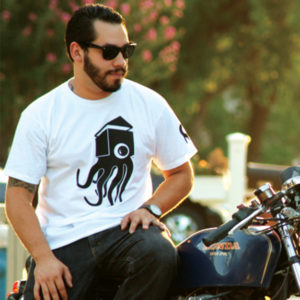 Shirt Selection can be confusing, but basically there are two main fabric weight classes to select from, 5.6 oz or 6.1 oz. Beyond that style will need to be decided, Ladies or Men’s, short sleeve or long sleeve, pockets or not, scoop neck v-neck or regular, as well as shirt color. It will save much time if all of this is decided ahead of time, and whether you purchase your shirts from our company or not, please feel free to shop and make selections with our online Catalog If your custom t-shirts printing order includes any individualization such as names or numbers prepare a list displaying properly spelled names, numbers, and sizes to help avoid confusion.
Shirt Selection can be confusing, but basically there are two main fabric weight classes to select from, 5.6 oz or 6.1 oz. Beyond that style will need to be decided, Ladies or Men’s, short sleeve or long sleeve, pockets or not, scoop neck v-neck or regular, as well as shirt color. It will save much time if all of this is decided ahead of time, and whether you purchase your shirts from our company or not, please feel free to shop and make selections with our online Catalog If your custom t-shirts printing order includes any individualization such as names or numbers prepare a list displaying properly spelled names, numbers, and sizes to help avoid confusion.
We hope that this article has been helpful in making a custom screen printing order a little less daunting. Artistic Apparel has been in the decorated apparel business for 6 years and is a supplier of quality apparel, Screen Printing, and promotional products. Please visit our web page here, Artistic Apparel. Please visit this website



